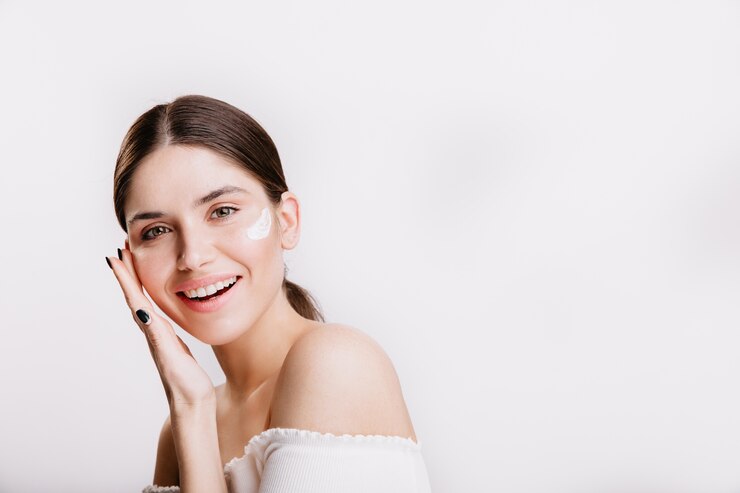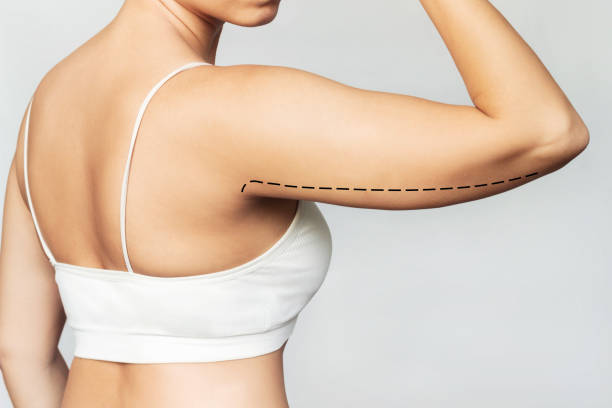The Science Behind Acne Removal Creams: How Do They Really Work?
If you’ve been dealing with breakouts and trying to get clear skin, you’ve probably come across an acne removal cream. It sounds like a simple fix. You put it on, and the pimples go away. But what’s really happening under the surface of your skin? And why do some products seem to work better than others?
In this blog, you’ll learn how these creams actually work, what ingredients make a difference, and how to choose the right one for your skin.
What Causes Acne in the First Place?
Before you understand how acne creams help, it’s good to know what’s causing your breakouts. Acne usually starts when:
- Your skin makes too much oil
- Dead skin cells clog your pores
- Bacteria grows in those clogged pores
This causes swelling, redness, and sometimes painful bumps. You might notice whiteheads, blackheads, or even deeper pimples like cysts.
Ingredients That Fight Pimples
The most helpful creams use certain ingredients known to treat acne. These aren’t magic. They work slowly and need regular use. But over time, they help reduce redness, dry up pimples, and keep new ones from forming.
1. Salicylic Acid (BHA)
This is one of the most common ingredients. It gently removes dead skin and cleans out clogged pores. It’s great if you have blackheads or whiteheads.
2. Benzoyl Peroxide
This kills the bacteria that causes pimples. It also helps clear out the junk inside your pores. It can be drying, so it’s usually best for oily skin.
3. Niacinamide
This is a form of Vitamin B3. It helps calm down redness and reduce swelling. It also helps your skin heal from breakouts.
4. Natural Extracts
Things like green tea, chamomile, and witch hazel are often added to soothe your skin and help with healing. They also cut down on oil and make your skin feel fresh.
How Acne Creams Work on Your Skin
Let’s break it down step by step:
- They Clear Your Pores
Dead skin and oil are the main cause of clogged pores. Creams with salicylic acid or similar ingredients remove that buildup.
- They Kill Bacteria
Some creams go after the bacteria that causes the infection. This stops the swelling and makes the pimple go away faster.
- They Reduce Redness and Swelling
Soothing ingredients like niacinamide or aloe calm the area and make the spot less noticeable.
- They Help Your Skin Heal
After a breakout, your skin needs time to repair. Good creams support your skin barrier so it can heal better.
- They Prevent New Pimples
With regular use, these creams keep your pores clear and stop breakouts before they start.
Choosing the Right Product for You
There isn’t one perfect cream that works for everyone. Your skin type, the kind of acne you have, and how sensitive your skin is all play a role.
Here’s how to pick a product that fits:
- For oily or acne-prone skin: Go for lightweight gels or lotions with benzoyl peroxide or salicylic acid.
- For dry or sensitive skin: Try creams with calming ingredients like aloe vera, green tea, or niacinamide.
- For dark spots left by acne: Use products that help with skin tone, like niacinamide or licorice root extract.
- For large, painful pimples: Look for spot treatments with both calming and bacteria-fighting ingredients.
Why Some Creams Don’t Work Right Away
You might feel frustrated if your acne doesn’t go away after a few days. That’s normal. Most products take at least 4 to 8 weeks to show full results. Skin heals slowly, and pimples don’t vanish overnight. Keep using the product regularly unless it’s making your skin worse.
Also, using too many products at once can irritate your skin. Start with one or two, and give them time to work before switching.
When to Use Acne Creams in Your Routine
To get the most out of your cream, apply it in the right order:
- Wash your face with a gentle cleanser
- Pat your skin dry – don’t rub
- Apply a small amount of the cream to the affected area
- Let it absorb for a few minutes
- Follow up with a moisturizer
- In the daytime, wear sunscreen
Sun protection is important because some acne products can make your skin more sensitive to the sun.
Things to Watch Out For
Even good creams can cause side effects if you use them too often or too much. Common issues include:
- Dryness
- Peeling
- Redness
- Itching
If this happens, cut back to using the cream once a day or every other day. And don’t forget to moisturize.
Simple Tips for Better Results
- Use the product consistently.
- Don’t pick or squeeze pimples—it makes things worse.
- Drink water and eat fresh foods.
- Change pillowcases often and avoid touching your face.
- Be patient. Real change takes time.
Clearer Skin Starts Here
An acne removal cream can help you get clearer skin, but it’s not an overnight fix. It works by cleaning your pores, fighting bacteria, and calming your skin. With the right ingredients and regular use, these creams can make a big difference.
If you’re not sure where to start, look for products with simple, gentle ingredients. Brands like Tonique Skincare offer spot treatments and creams made with natural plant extracts and calming ingredients, designed to fight breakouts and fade dark marks without drying out your skin.













